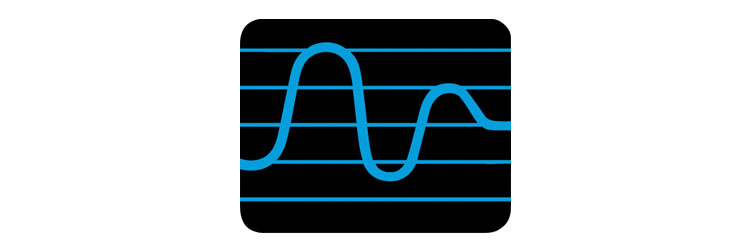With creeps and cracks and twists and warps, you may think that head should be melted down into guardrail posts. And you may be wrong.
Aluminum cylinder heads are now pretty much standard fare for car engines by reasons of weight, cost and heat transfer. Like the little girl with a curl, however, when they are good, they are very, very good; and when they are bad, they are horrid. Good as they are when they work, when you need to replace one because of some sort of unrepairable crack, because of warping beyond the range you can use or whatever, they are horridly expensive to replace.
But there are quite a few devices and contraptions to revive an aluminum head that has cracked, warped, twisted or sustained other damage. Don’t be as quick to condemn an aluminum head as you were even a few years ago without letting your machine shop eyeball the carcass and decide whether they’d like to take a shot at it.
The cost of the cylinder heads is not coming down, but the range of what can be repaired is going up, thanks to several aftermarket manufacturers and the increasing skills of machine shops. Heads that a few years ago were on their way to the recycling center for environmental liquidation can now be salvaged and used for many more years of service, saving money, energy and even the environment. Even serious cracks can be welded in ways they couldn’t before — don’t pitch a head just for a crack unless a big chunk of it fell off and sank in the river.
Straight Heads, Warped Heads
Perhaps the most common problem, the most frequent reason why aluminum cylinder heads must come off their blocks is that the engine overheats, and the warping head lets the gasket blow. At one time, as you know, thermal creep as the cylinder head grew and shrank with each heat-cycle scrubbed the gasket away and had the same effect. Newer gaskets are better, but not yet invulnerable.
Straightening the cylinder head is now much more of a science and much less of a hit-or-miss art, as it used to be. While carmakers use a variety of aluminum alloys to cast cylinder heads, few of them are of the incredibly soft, almost pure aluminum used once. What’s more, both the head straightening equipment and the experience of machine shops doing the work have improved considerably over the years.
The more likely problem comes after the head is straightened, at least as much as can be. You still have to have a flat surface to mate to the block, and milling the head to achieve that flat surface, if there are significant variations, can have two unintended effects: raising the compression ratio of the engine and changing the distance between the camshaft and the crankshaft, retarding the valve timing. These are both serious problems, but for at least the more popular engines spacer shims are available to restore both compression ratio and valve timing. You use a special paste between the shim and the block and assemble the head gasket and head above the shim.
The Straight and Narrow and the Crooked and Wide, All in One!
There is a dark cloud within that silver lining, though. Sometimes you straighten the mating surface of the head, but the operation throws the camshaft bores out of line. Naturally, you can’t assemble things with such a geometry because every time the camshaft turns, it bends — a reliable recipe for breakage.
Align-boring the camshaft towers oversize can restore a concentric set of bearings, and a number of companies will either add material to the camshaft journals to bring them up to the dimension you have align-bored the towers to, or in some cases you can machine in shell bearings, just like those for connecting rods and main crankshaft journals. The latter repair is actually an improvement over the original.
A prudential thing to do on certain problem engines (or with certain problem customers!) is to attach a thermally reactive patch to the head. Various suppliers provide these plugs in different temperature ranges. If the engine block or head reaches the threshold temperature, the plug melts, making a permanent record of the overheating.
For more information on the head-rescue equipment mentioned here, as well as many other devices, Circle Number 119 to get more information from K-Line or Circle Number 120 to get more information from Silverseal.





0 Comments